Seaweed is a nutrient dense food rich in fiber, protein, and vitamins like vitamin K and folic acid (vitamin B9). It can be bought fresh, dried, and seasoned. All of which have different shelf lives.
Does seaweed go bad? A batch of fresh seaweed will last for 3-4 days in the fridge, while dried, packed seaweed will last for years without going bad. Even though dried seaweed does not rot, grow mold or turn bad, if stored improperly, will lead to faster flavor and nutrient loss. Seasoned seaweed on the other hand will only last 1 year or less past its expiry date.
Different Seaweed Preparations and their Shelf Life
Fresh Seaweed
Shelf Life: Best-before date (3 to 4 days)
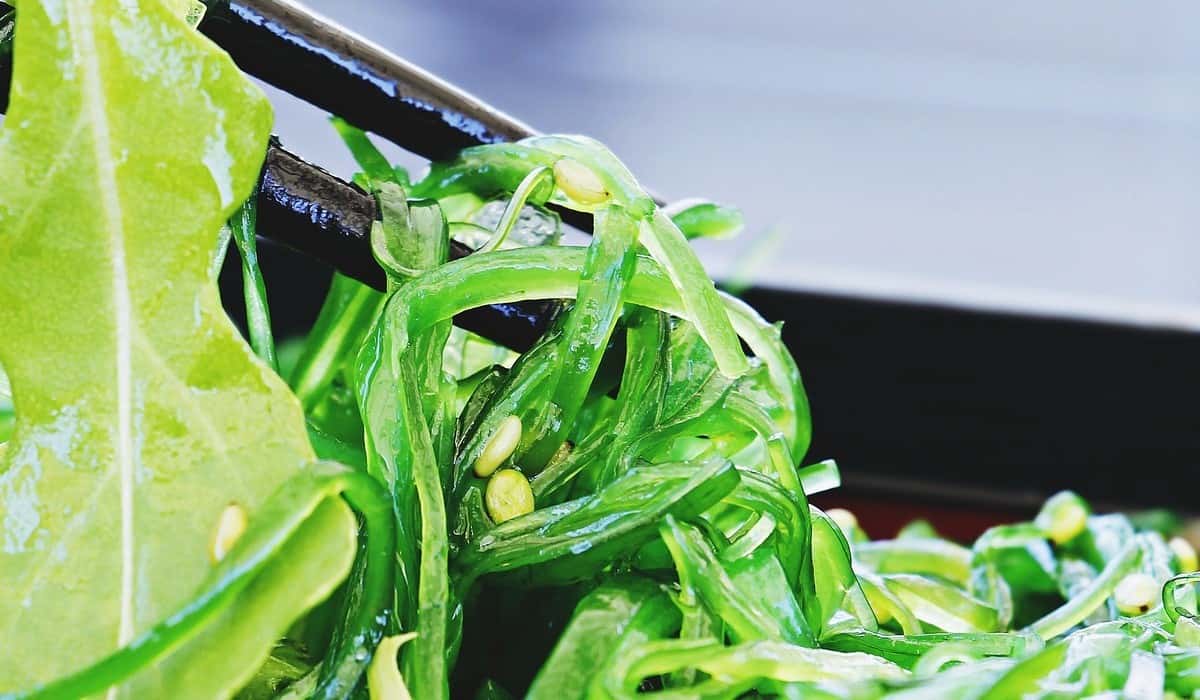
Fresh seaweed can be bought in the fish market and is often used in salads, or as added ingredients in soups and casseroles. These types can often last for 3 to 4 days in the refrigerator before their texture changes and become soft and mushy. A sign that it has gone bad.
Plain, Dried Seaweed
Shelf Life: Best before date + 2 to 3 years.
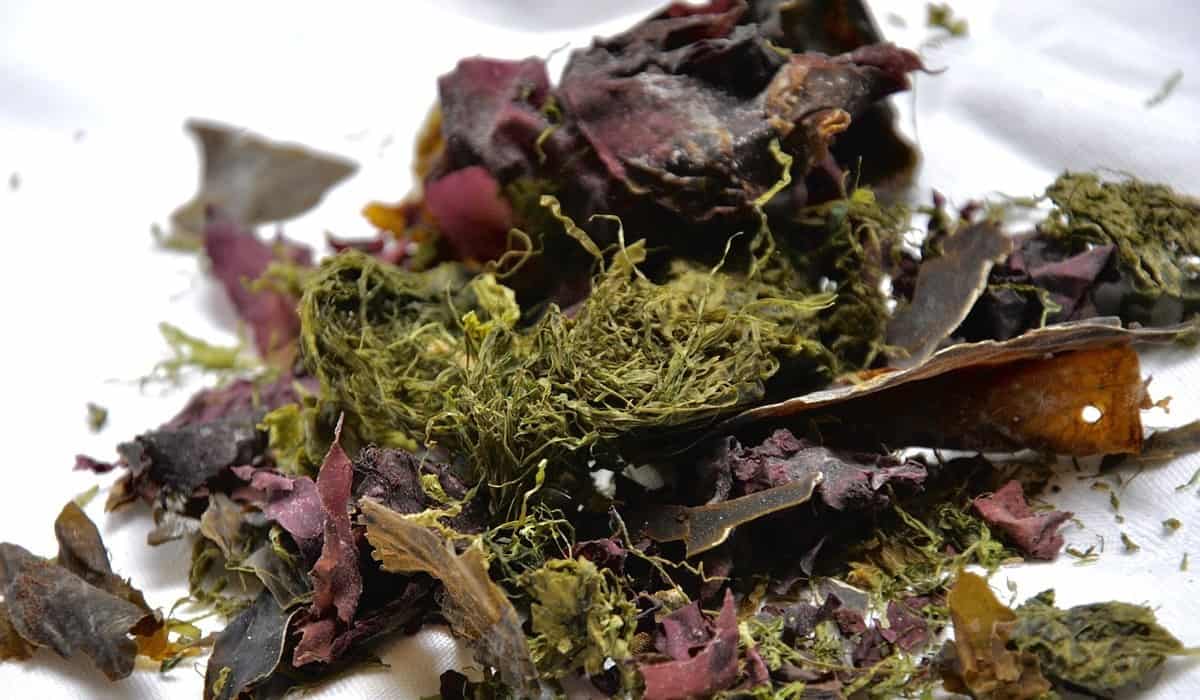
Plain, dried seaweed like kombu(kelp), nori, wakame, dulce, and more often comes in sealed plastic bags. This form of seaweed preparation lasts for up to 2 to 3 years past their expiry date, in their unopened packaging, if stored in a cool, dry place, away from direct sunlight. Generally, plain dried seaweed doesn’t go bad and only go stale.
Dried and Seasoned Seaweed
Shelf Life: Best-before date + 1 year or less.
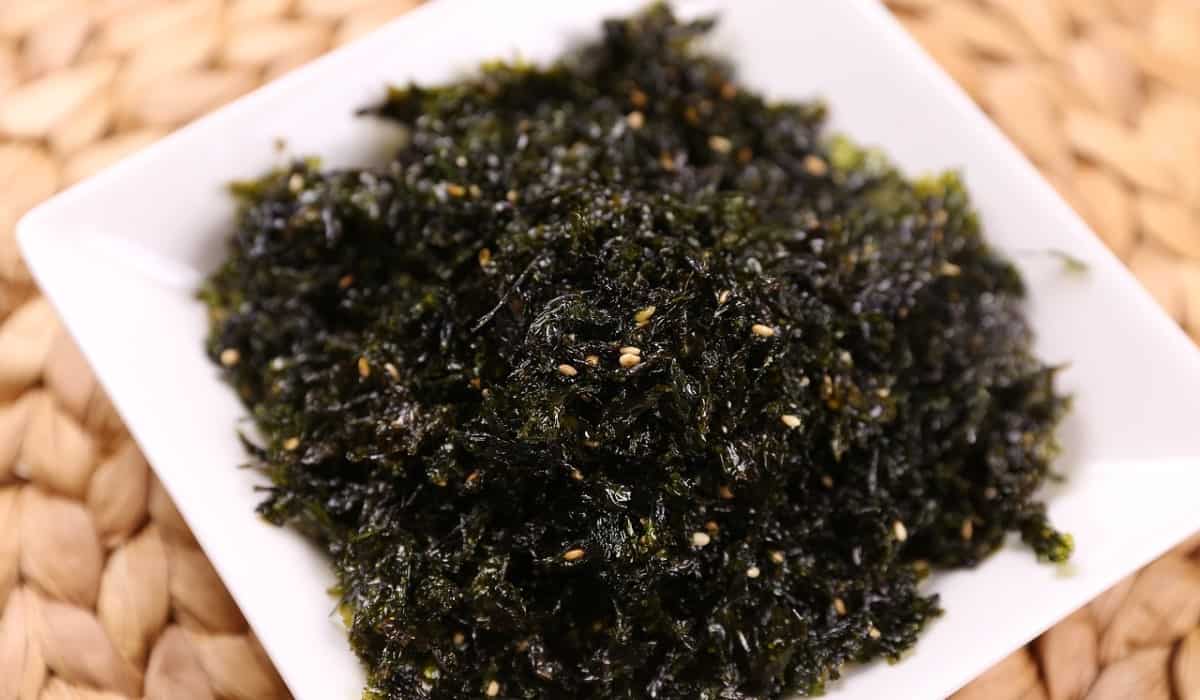
A variation of the dried seaweed is the seasoned nori (sheet and shredded) which is often used in Korean dishes. The sheets are seasoned with sesame oil and salt. Likewise, the shredded nori also comes in a variety of flavors on top of being seasoned with sesame oil or sesame seeds.
The added sesame oil reduces the shelf life of these types of seaweed. Unopened bottles of sesame oil turn rancid 1 year after their expiration date. Seasoned seaweed are often roasted with sesame oil, a process that contributes to the faster degradation of the oil. As such, seasoned seaweed may last less than 1 year after its best-before date before off-flavors develop.
Ways to Prolong Shelf Life
Freezing
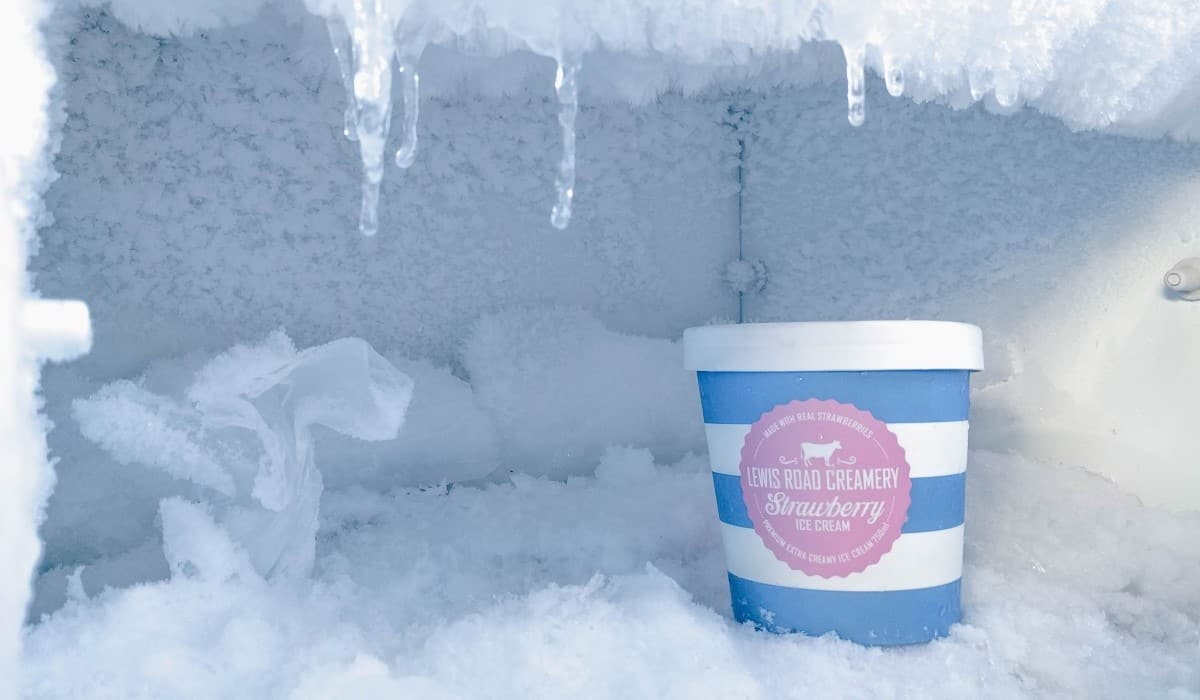
This is by far the most effective way of extending the shelf life of most food. Freezing greatly hinders the biochemical processes that contribute to flavor and nutrient degradation. Additionally, it prevents the growth of microorganisms that also plays a role in faster food spoilage.
Fresh seaweed can be frozen for up to 6 to 12 months. Before freezing, it should be washed and thoroughly dried. Because the air in the fridge is humid, the seaweed must be vacuum sealed, stored in a moisture-proof freezer bag, or stored in an airtight container.
Any form of dried seaweed can be frozen and will last for more than 3 years frozen before going stale. If planning to freeze an unopened packet, it should still be wrapped or stored in an air-tight container or moisture-proof bag. Its original packaging may not be freezer-proof and can degrade and let moisture in. Leftover seaweed from opened packets can be vacuum sealed before freezing or transferred to an air-tight container or freezer safe bags.
Vacuum packing large nori sheets might be difficult and will result in ripping or crumpling. As such, it’s best to store them in an air-tight freezer-safe bag, or other rigid air-tight containers.
Refrigerating

Unfortunately, even if refrigerated, fresh seaweed does not last long. On the other hand, opened packs of dried seaweed both seasoned and unseasoned will keep for up to 1 year past their expiration date as long as they’re stored in an air-tight container.
Other types of dried seaweed like kombu may not have a problem with a little moisture. However, a dried nori sheet strictly needs a low or zero moisture storage environment as it quickly absorbs water in the air. Due to this, almost all the air must be removed from any nori sheet container before it is sealed.
The use of air-tight containers is especially emphasized for nori sheets due to their thin, delicate structure. The humid freezer and refrigerator environment will soften and make the individual sheets stick together, making it almost impossible to separate afterward.
Drying (For Fresh Seaweed)
Freshly harvested seaweed can be dried under the sun or with a dehydrator. Doing so immensely extends its shelf life from a few days to years. Store bought seaweed can be dried but is not advised.
It’s best to process the seaweed the same day it was harvested/foraged. To dry seaweed under the sun:
- Rinse freshly harvested seaweed, making sure to remove all sand, snail, small crabs, and more.
- After rinsing, the seaweed can be hung on a clothesline or clothes drying rack set on a sunny location. It can also be dried on a spread-out tarpaulin or baking tray as long as the seaweed are partially dried.
- At night, it’s best to cover the drying seaweed with a tarpaulin or any form of cover in case a sudden rain occurs. Likewise, it should be covered, or brought inside when raining.
- In sunny weather, it will take 3 to 5 days to completely dry seaweed.
Non-Refrigerated: Cold and Dark Pantry

If both refrigeration and freezing are not an option, an unopened package of dried seaweed is best stored in a cool, dry, and dark pantry. Opened packs, on the other hand, can still be stored without refrigeration as long as it is placed in an airtight, moisture-proof container.
Vacuum Sealing
Another way to extend the life of opened seaweed packs is by vacuum sealing them. This removes almost all the air and moisture inside the plastic bag that might degrade the seaweed. Additionally, vacuum packs are moisture and waterproof and are great containers for extended storage.
Air Tight Resealable Containers + Silica Gel Packets
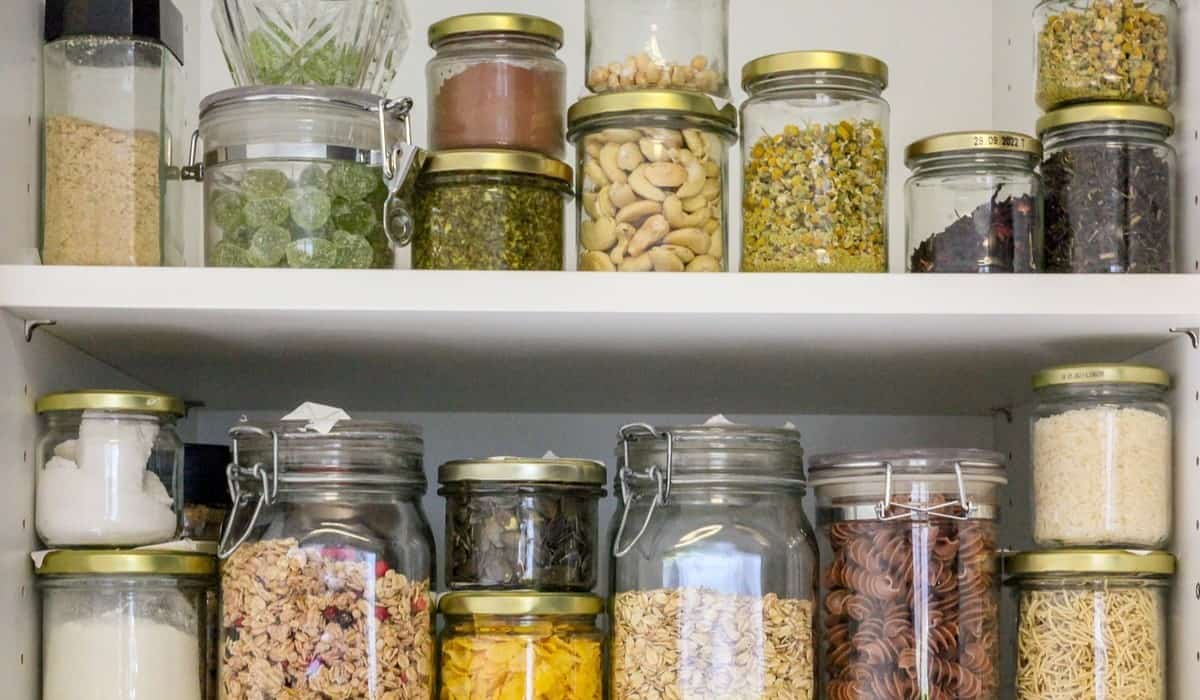
If vacuum sealing is not an option, then opened packs of seaweed can be transferred to an airtight container. Most store-bought dried seaweed, specially seasoned nori sheets, contains a small silica gel packet. It is a non-toxic substance that is used to absorb moisture. When resealing opened packs of nori sheets, it might be beneficial to replace the packet of food-grade silica gel with a new one.
How to Salvage Moist Nori Sheets
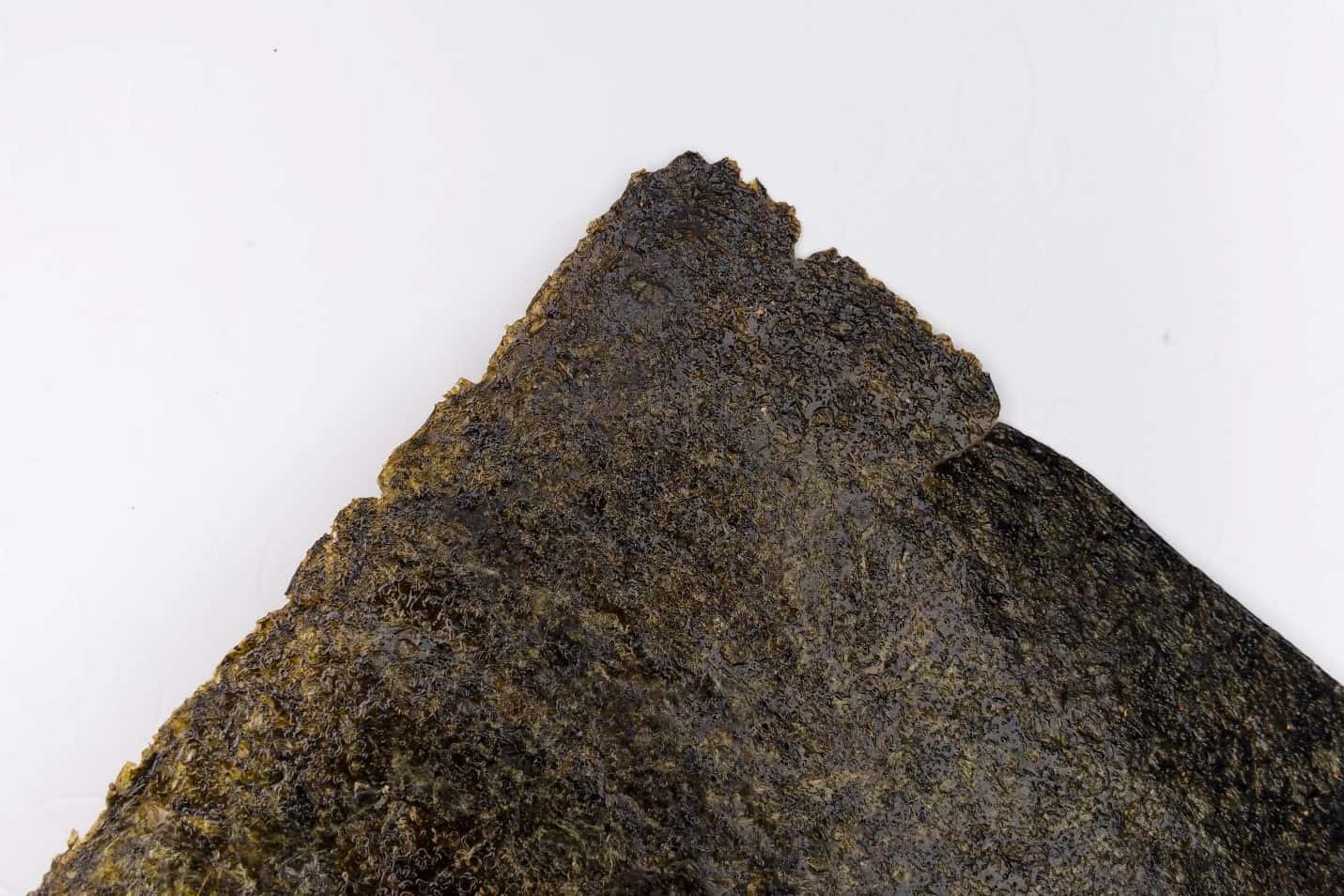
Nori sheets or laver seaweed are notorious for rapidly absorbing ambient moisture. The good news is that moist nori sheet can be dried by quickly roasting it on top of a burner flame until it becomes crisp again. Afterward, it can be stored in an airtight container, or immediately used.
Final Thoughts
Seaweed is great for adding extra flavor which can elevate the taste of most dishes. When SHTF, it’s important to have good-tasting food to alleviate stress, and adding seaweed to dishes might just do the trick.

